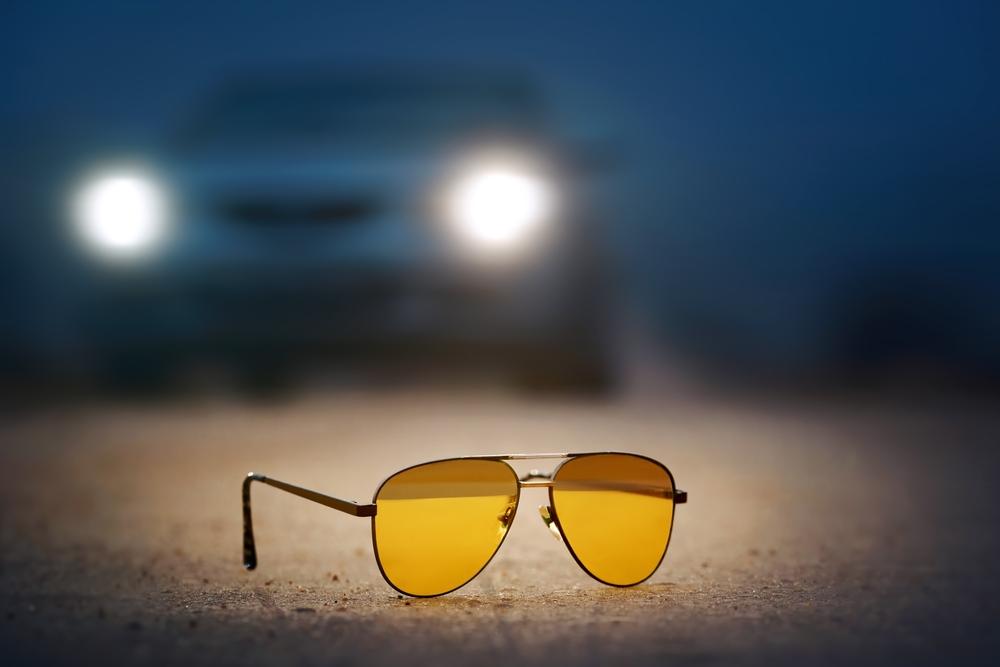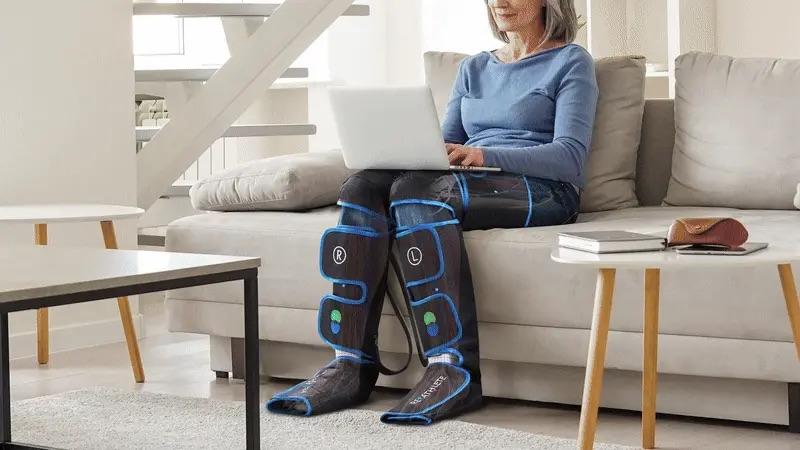In Partnership with Illumin
As the sun dips below the horizon, many drivers find themselves facing a daunting challenge: navigating roads shrouded in darkness.
The transition from daylight to nighttime driving requires a significant shift in visual perception that can make even the most confident driver feel uneasy. In fact, a survey of thousands of drivers in the United States showed that at least 52 percent of drivers fear driving at night.
The Problem: Why Night Driving is Challenging
Our sense of sight is crucial when driving. Thanks to our eyes, we’re able to process constant streams of information about the road, other vehicles, pedestrians, and potential hazards.Here’s what happens in low lighting:
- Your pupils dilate to let in more light.
- This larger aperture from dilation leads to more light scattering, which can blur your vision.
- The contrast between dark areas and bright lights—like headlights—becomes more pronounced, leading to temporary blindness when one is exposed to bright lights.
Common Vision Challenges for Drivers
- Glare from sunlight or from car headlights
- Reduced visibility in low-light conditions
- Eye strain from focusing for long periods of time
- Difficulty with depth perception and contrast

Shutterstock
Modern Hazards: LED Headlights and SUVs
As if driving at night wasn’t hard enough, modern vehicle designs have introduced a whole new set of hazards:- LED Headlights: Although they are more energy-efficient, these brighter lights can blind oncoming drivers.
- SUV Prevalence: The recent increase in the number of SUVs on the road means more high-mounted headlights that shine directly into the eyes of drivers of lower vehicles.
The Solution: Night Driving Glasses
Night-driving glasses are specialized glasses designed to improve vision and reduce glare while driving in low-light conditions.How do they work?
The technology behind night driving glasses primarily focuses on:- Glare Reduction: Most night driving glasses use anti-reflective coatings to reduce the intensity of light reflecting off the lenses. This helps reduce the “halo” effect often seen around bright lights at night. It also reduces glare from the sun, oncoming headlights, and reflective surfaces.
- Contrast Enhancement: Some night driving glasses use lightly tinted lenses—usually yellow—to increase contrast. This makes it easier to distinguish between objects on the road.
Selecting the Right Driving Glasses
How do you know the best driving glasses for you?
Lens Material
The type and quality of the lens significantly impact the effectiveness of your driving glasses. Here are the common materials you’ll find and their properties:- Glass: It has excellent clarity, but it’s heavier than other materials. It’s also more fragile.
- Polycarbonate: This material is the industry standard for glasses. It is lightweight, shatterproof, and comes with built-in UV protection.
- Trivex: It is lightweight and durable, ideal for prescription lenses. Although it can be costly compared to other materials.
Frames
When considering frames, think first about comfort. Especially if you'll be wearing them for long periods of time.Ergonomic frames are a good choice because they won’t press too hard on your nose or ears. An anti-slip design can help ensure they stay securely in place while you move.
It’s also important to pick strong, durable frames that won’t get damaged easily.
Tint
Too much bright light hurts your eyes, but blocking out too much light makes it extremely hard to see. When comparing options for driving glasses, look for a minimal yellow tinting for the perfect balance of glare reduction and clarity of vision. This way, you can drive safely and comfortably.Additional Features to Look Out For
- Anti-reflective coatings to reduce glare
- Scratch-resistant coatings for durability
Our Recommendation
Illumin driving glasses stand apart from the bunch when it comes to reliable and effective driving glasses. Here’s why:- Quality Materials: The Illumin difference is clear. Most driving glasses on the market are made with flimsy materials and cheap yellow-tinted lenses. Illumin has sturdy frames and durable lenses with UV protection.
- Comfort: Illumin glasses are made for comfort; they have lightweight, non-slip frames meant to be worn for a long period.
- Positive User Feedback: Customers of Illumin report reduced eye strain and increased visibility while driving.
- Superior Lens Technology: A lot of brands use polarized lenses, which are actually dangerous for night driving. Illumin gets it right with its advanced lens technology, which blocks glare without putting you at risk.
Frequently Asked Questions
Q: Are yellow-colored glasses good for night driving?A: Despite their popularity, heavily tinted glasses are not recommended for use at night. They make the dark areas of the road look even darker and further reduce visibility.
Q: Can I use my regular shades to drive at night?
A: Definitely not. Sun shades will darken the already dim light conditions and make it unsafe to drive. Instead, use specialized night driving glasses, which are safer for driving at night.
Q: What sort of glasses are appropriate for night driving?
A: Glasses with minimal yellow tinting are the best for night driving. They reduce glare without sacrificing visual clarity.
Q: Do I need a prescription for driving glasses?
A: While you don’t need a prescription to get driving glasses, it is recommended you get a comprehensive eye checkup yearly. Especially if you drive regularly or have any concerns about your vision.







